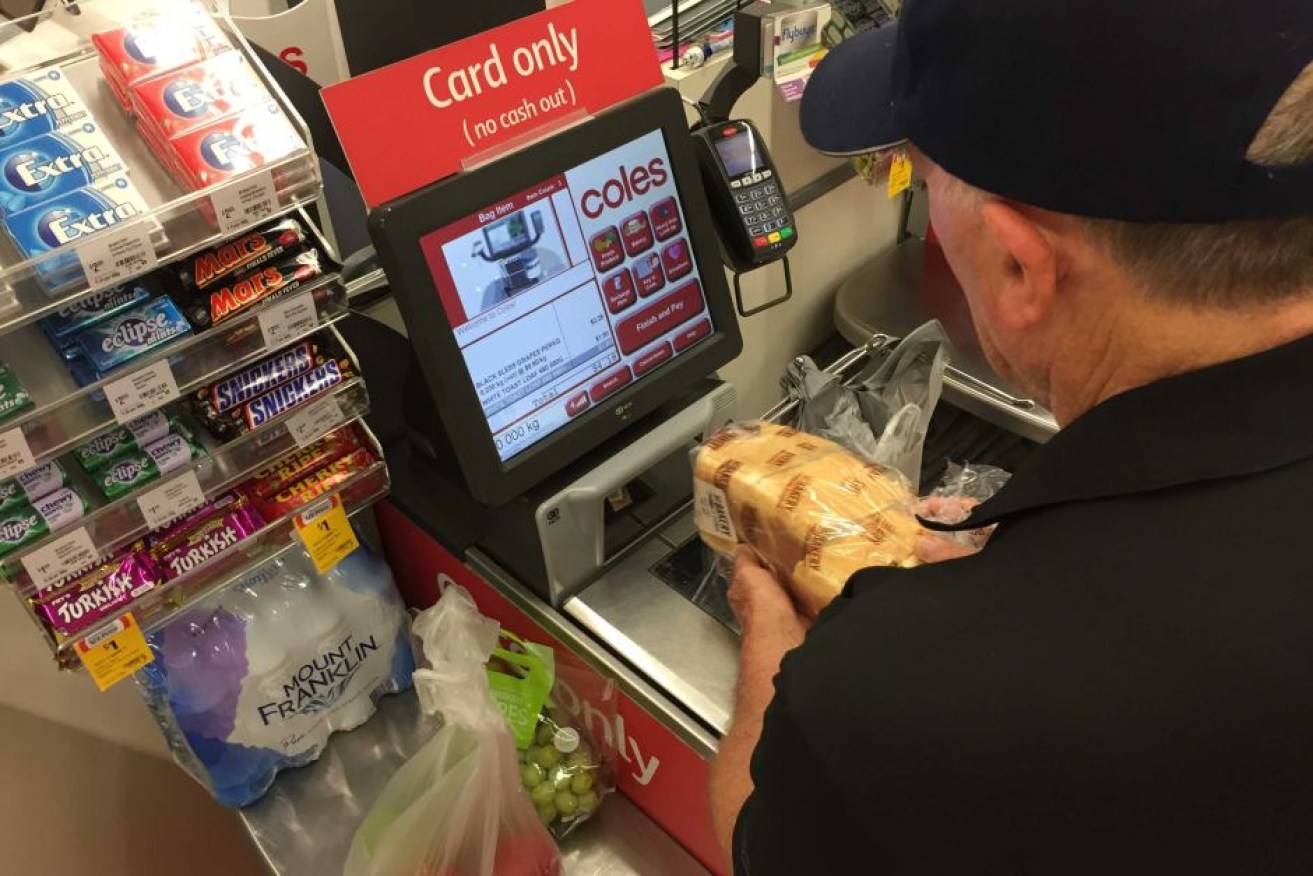Do self-serve checkouts add up for business?

Self-serve checkouts are here to stay in Australia, according to one expert. Photo: ABC
While self-serve registers save businesses in staff costs, are those gains really worth the related pain?
One expert has looked at the numbers involved in self-serve technology and found they may not substantially reduce business costs overall.
Australia, along with Italy, leads the world in making people serve themselves, according to Associate Professor Gary Mortimer from the Queensland University of Technology.
“That is not just retail, but checking yourself in at the airport, printing your own boarding pass, taking money from an ATM, topping up your own transport card — anything where we are doing the transaction without any human engagement.”
He said, on the surface, switching to self-serve checkouts made sense.
“It is certainly more operationally sound to put in four self-service registers in the space of one staffed register,” he told the ABC.
“You can service four times as many customers in the same space.
“So you can move those team members out of that front end of the service area and back into other areas of the store.”
Hidden costs
But they are much more expensive than the public realise.
“On average they cost $US125,000 to install one register,” Associate Professor Mortimer said.
“Then there is all the back-office stuff that we don’t really see, linking sales and inventory software to the software at the front of the store, and there is the cost of breakdowns and ongoing maintenance.”
“There was $4.5 billion worth of retail theft in Australia last year — it is a massive number,” Associate Professor Mortimer said.
Studies have shown that customers feel more comfortable stealing from a machine than when they come into contact with a human being.
“We may under-scan a product, we may ring up a stone fruit and say it is potatoes,” he said.
“Or we may compensate, and say if we are going to ring up our own groceries that chocolate bar is going to compensate for my time and the big retailer can afford to do it.
“If we are dealing with a machine, it’s not going to get its feelings hurt so we rationalise it that way.”
It also reduces a customer’s sense of loyalty to an outlet.
“Once it becomes just a transaction, we might as well do it anywhere,” Associate Professor Mortimer said.
Shopping smaller and faster
Love it or loathe it, Associate Professor Mortimer said it was only going to increase.
“We now shop, on average, about 2.5 times a week and we are buying fewer items each time,” he said.
“The days of doing the one big grocery shop a week are over and it has changed because we have smaller families, we are time poor and the stores are open longer hours.
“It means we can walk up to a self-service register with a small basket and get out really quickly.”








